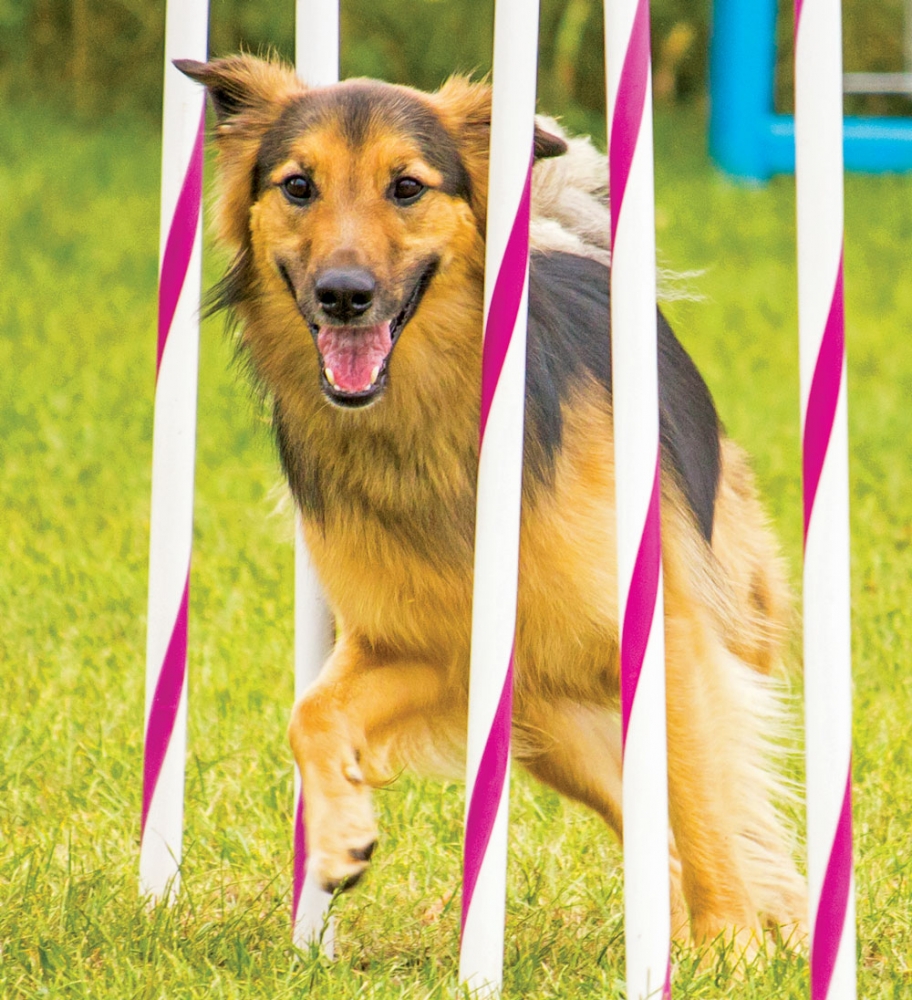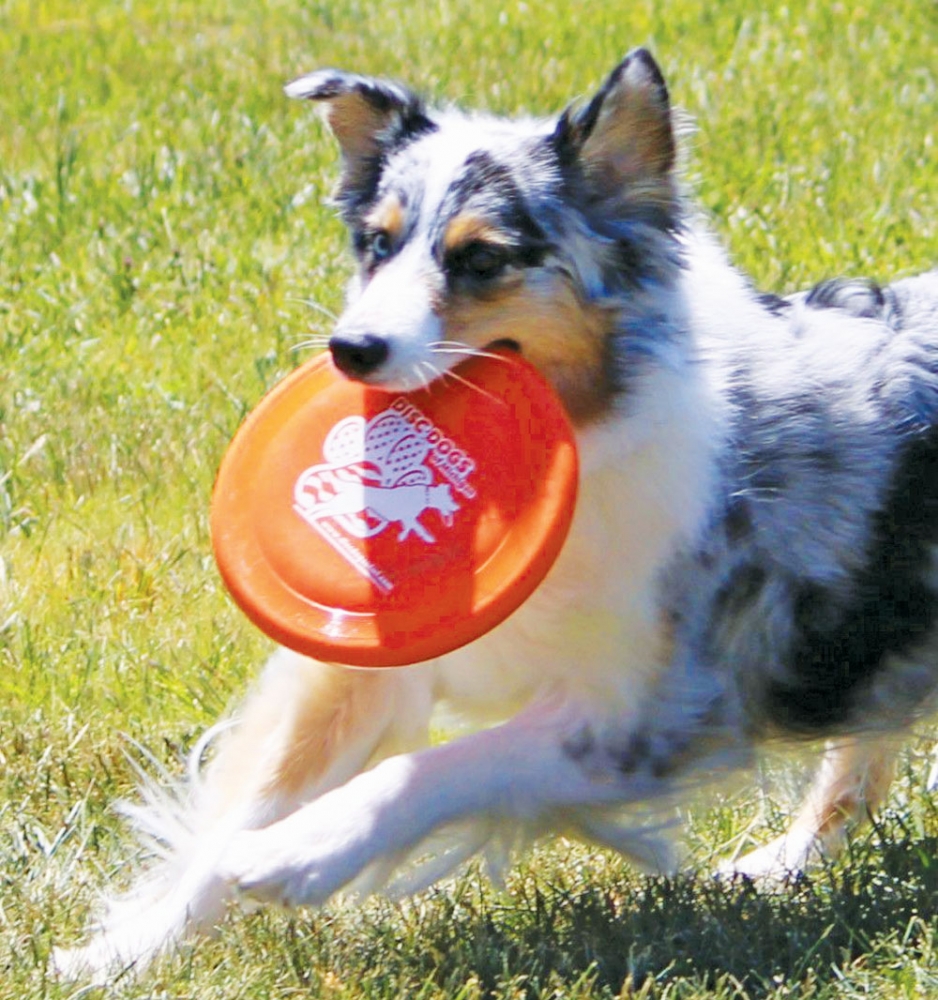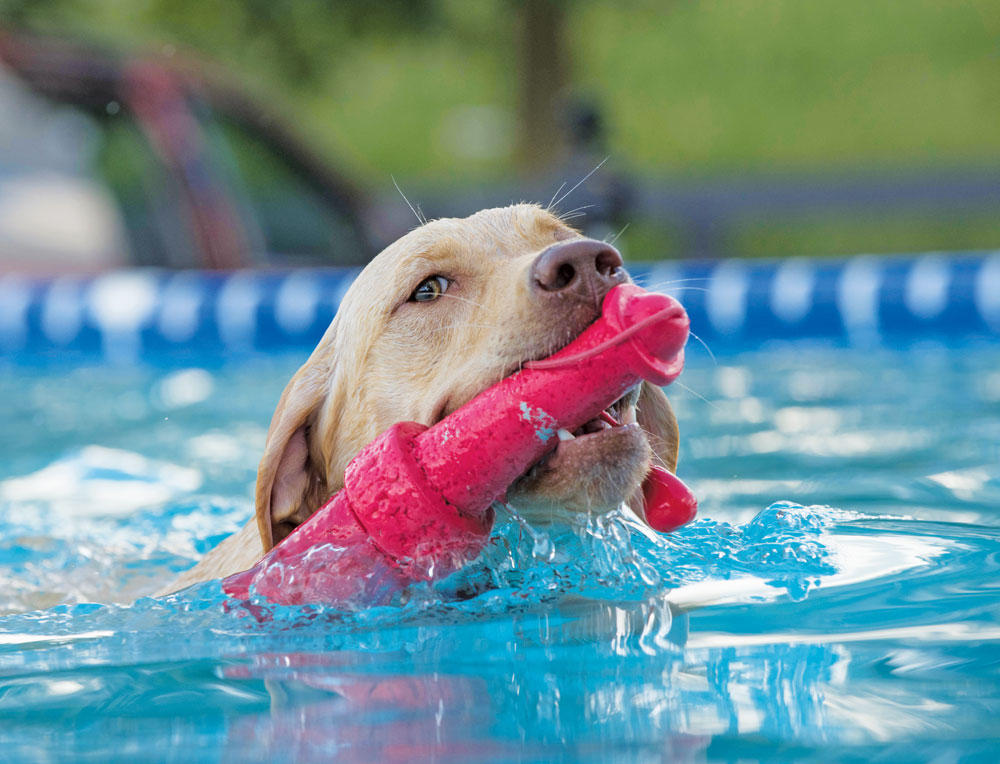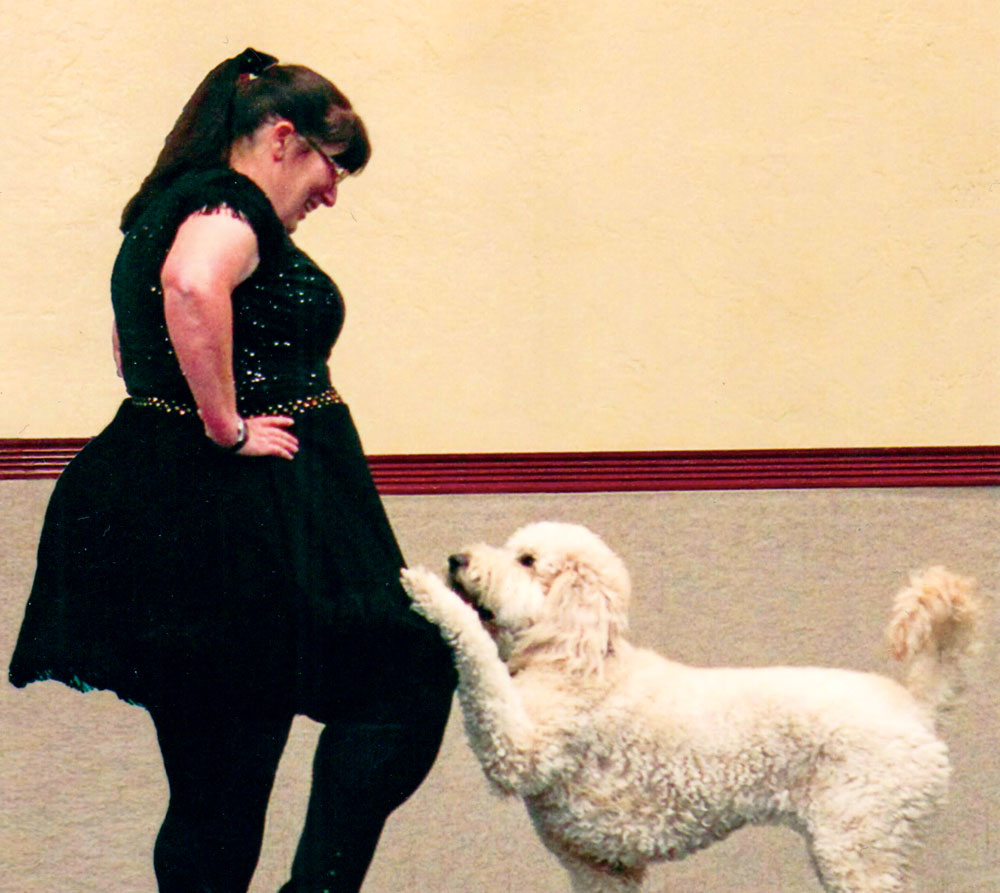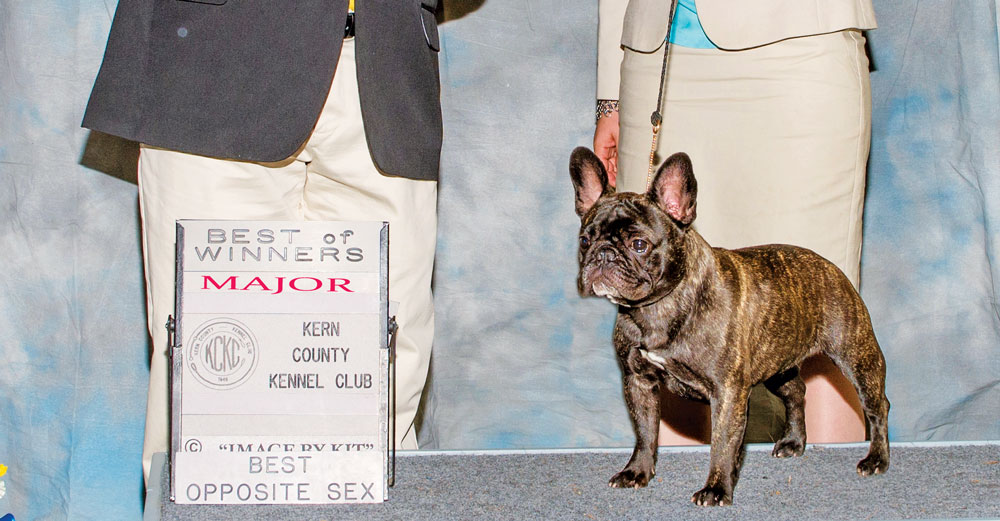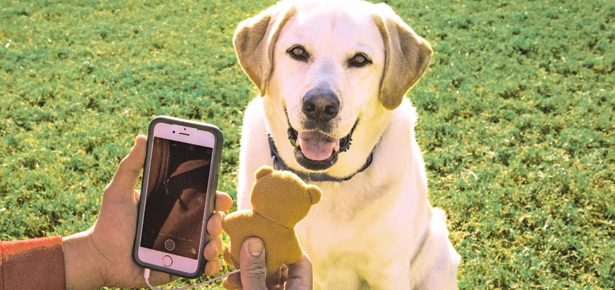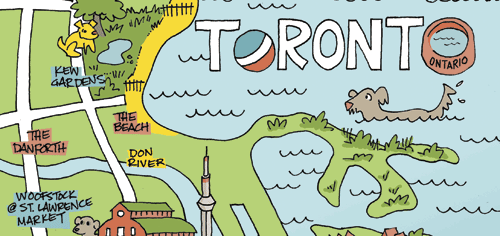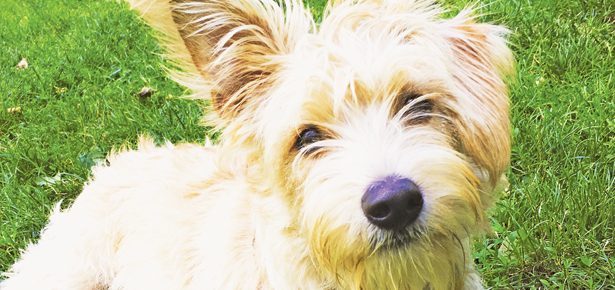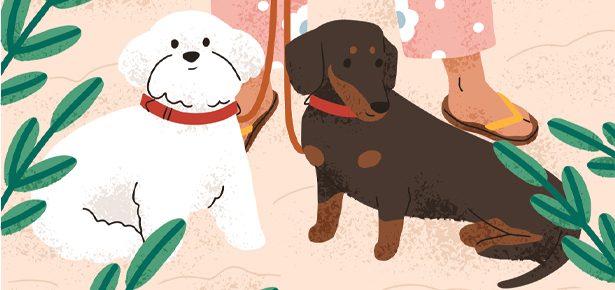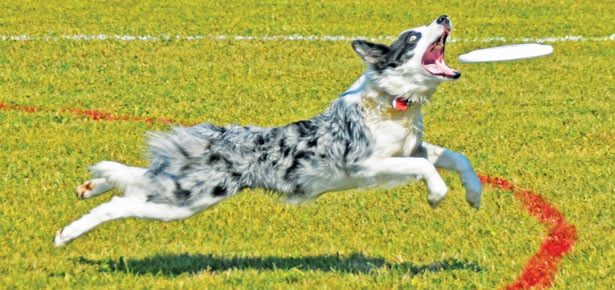
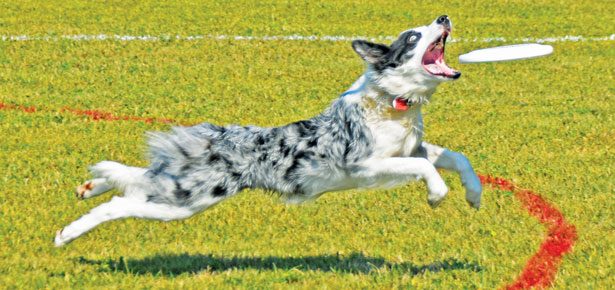
5 Fun Sports for Dogs
Get fit, have fun, keep your dog mentally and physically engaged, make new friends—why not jump into 2019 by trying one of these popular dog activities? You may just discover your passion. Just ask these participants…
Gone are the days when keeping a dog active involved the backyard and simply a stick or a ball. Today, dog lovers can participate in a whole array of different dog sports, ranging from dock diving to even dancing.
Whether you and your dog commit to high-level competition, or would rather just have fun through casual participation, there is truly something out there for every pup. With so many options, it’s hard to know where to start, so we did the legwork for you: we’ve explored five of the most popular sports for dogs, speaking to owners all over the U.S. and Canada about what you need to get started, how much it will cost, the time commitment, and most of all, what you and your dog can expect to get out of it. Read on to explore which activities might suit you and your dog. All of these activities keep dogs happy, healthy, and stimulated, while adding extra meaning to participants’ lives. And stay tuned for part 2 in the next issue!
1. Canine Agility
What it is: It’s an obstacle course gone to the dogs. You and your dog work as a team—under the direction of their handlers, dogs jump and make their way through walkways and tunnels and over hurdles, working towards flawless execution and a fast course-completion time.
Who they are: Tania Calverley and Burley
Shortly after Tania Calverley and her husband, Tom, brought their English Shepherd/Border Collie mix, Burley, home in November 2013, they realized that they had a smart and very energetic dog on their hands.
“I knew we needed something to work both his body and mind,” says Tania, an Ottawa, Ontario resident. “I’d seen dog agility before and looked into it.” They began taking classes. “He was so tired after class—it was a miracle,” remembers Tania. “But he also was having so much fun.
“I’d never been a sport person, but agility was more about competing with yourself—getting better as a team versus beating someone else,” says Tania. They ran their first trial in 2016 and are now a Masters team, ranked No. 25 in Canada under the Agility Association of Canada.
Although Tania would “hands-down recommend agility to anyone who has a dog that is fairly obedient,” she recognizes that not all dogs are up to compete. “Some just want to do it for fun and not compete—you have to honour what works for you and your dog,” she says.
During the summer, the duo has classes, practice, or trials five days a week. Classes are usually between $20 and $25 an hour. The big cost comes at trials. Each run is about $15 – $21. “But it is always fun, supportive and you learn best when it costs you dearly,” she says. Tania has also bought equipment to allow Burley to practice in the backyard, but it’s all worth it. “Hands down the best thing I’ve gotten out of agility is an incredible bond with Burley,” Tania says. “It goes beyond obedience training, it goes beyond a pet-human bond. We are a team. We run together, we flow together, we read each other’s body movement, sounds etc. Sometimes you have a run where it’s like you and your dog are the only things that exist—those runs are amazing.”
2. Disc Dogs
What it is: Frisbee has gone to the dogs in this competitive sport, where dogs and handlers receive points for distance and accuracy in their throwing and catching.
Who they are: Scott Jones and Rodeo, Tango, Denali, Onyx, Rebel, and Wylee
Back in 1998, Scott Jones was just a regular guy, throwing a Frisbee to his dogs in the backyard. Seeing that they wanted more of a challenge, he started looking for more activities. A search on the web for disc/Frisbee dog competitions turned up some results, and they began competing in 1999.
Fast forward 19 years and Scott has seen the sport change—and the sport changed his life. Scott now co-owns Disc Dogs of Michigan LLC, in Davison, Michigan with his wife, Deanna, a seasoned dog trainer. The sport “keeps growing,” says Scott, a three-time world disc dog champion with two different dogs. “(Twenty years ago), there were four to five events I could hit within a three-to-five-hour drive. Now, in that same distance, you can find an event to go to almost every weekend.” He competes with six of his nine dogs—eight-year-old Rodeo, a Labrador and two-time single-disc world champion; eight-year-old Tango, and Australian Cattle Dog/Border Collie mix; six-year-old Denali, a miniature Australian Shepherd; three-year-old Onyx, a Labrador; and Border Collies Rebel and Wylee, both two.
This sport is very inclusive, says Scott. Any dog that likes to retrieve and has drive and focus can play. Depending on the area, the sport runs all four seasons. Those interested can start with a local trainer or by attending an event as an observer. Events are reasonably priced at $10 to $15 per event. As far as equipment goes, participants only need a dog-approved disc.
Scott loves to see the dogs get out and run and chase the disc. “That’s what they love,” he says. “You’re able to watch your dog grow along with your skills. It’s also a great bonding activity, and a way to meet fellow dog lovers.”
3. Dock Diving
What it is: Dogs jump from a dock into a body of water. In distance jumping, the handler throws a toy to get the dog to jump as far as possible, and in ultimate vertical, dogs aim to touch a bumper that is moved higher and higher.
Who they are: Alan Wright and Mary-Beth Ribble and The Canadian Lab Squad
The large inground pool was meant for humans. But try as they might, Alan Wright and Mary-Beth Ribble couldn’t keep their two rescue Labradors, Jersey and Max, out of it.
Looking for an alternative, a quick online search in 2011 led them to the Ontario DockDogs club.
Today, Alan and Mary-Beth have six dogs—silver Lab Jemma, eight; chocolate Lab Jersey, eight; black Lab Marleigh, six; black Lab Louie, five; charcoal Lab Ashlyn, two, and yellow Lab Amber, two. All have earned World Championships invitations.
“The sport is very popular and just keeps growing each year,” says Alan. So popular, that the couple started up the K9 Fun Zone, a dock jumping facility, in Caledonia, Ontario. Although it’s a seasonal sport in Canada, there are some areas in the U.S. that are able to run year round or have indoor facilities.
For those who want to get involved, the investment is fairly low. Large equipment is provided by event organizers, and event registration fees vary by organization.
At K9 Fun Zone, Alan has seen breeds as small as Maltese and as large as Great Danes, St Bernards and Bernese Mountain Dogs participate. The reaction to the pool is the same regardless of the size of dog—they “get excited just seeing the pool and knowing that they are going to be able to go up on the dock. If you were at an event, you would hear a lot of barking and feel their excitement,” says Alan. “We have so many clients tell us that when they make the main turn to head towards K9 Fun Zone, their pups know where they’re headed and get excited in the vehicle.” Their own dogs “can’t walk past the dock without running up the stairs because they want to jump,” he says.
4. Canine Freestyle
What it is: Turn up the music and the lights, and put on your dancing shoes—canine freestyle lets you dance with your dog to a choreographed musical routine. There’s more to canine freestyle than meets the eye. All those turns, jumps and twists (performed by both dog and handler) require hours of practice, communication, and above all, a connection between its canine/human team. Those who do this sport are rewarded with a creative, fun, bond-building activity and great exercise.
Who they are: Deana De Wolf and Chenille
Deana De Wolf’s dance partner may not have the freshest breath, but she’s enthusiastic, always ready to cut a rug, and downright adorable.
She’s also a Goldendoodle and Deana’s best friend.
Deana was introduced to canine freestyle at pet expo in Tucson, Arizona in 2007. “I was mesmerized by what these people did with their dogs,” she says. “I had done obedience, but this just looked fun. What a partnership those people had with their dogs. I knew I wanted to be a part of it. I’m not much of a dancer, so at first, it was intimidating. But then I watched closer. The people doing demos looked like they were just having fun with their dogs.”
In early 2011, Deana got a new dog, a Goldendoodle she named Chenille. They did basic obedience with the ultimate goal of doing freestyle. When Chenille was two years old, they joined the Tucson Canine Musical Freestyle Club.
Now eight, Chenille has learned how to do moves with only a verbal cue. “The dance is much more impressive if an audience can’t see the physical cues, and at the higher levels of competition, it is a requirement not to use cues,” she says.
At the Tucson club, there are many different breeds participating. “Some breeds, of course, are either a little more confident, more agile or more dance-friendly,” Deana says. “Meaning, can a little dog push a prop around the run as easily as a large dog? Could a shy dog pull off a comedy routine or a spirited dog do a slow waltz? The answer is yes, as long as the owner’s expectation fits the dog’s ability.”
Same goes for the owners. All owners can do freestyle, even if they insist they can’t dance. “Dance ability, athletic ability, and training experience are all pretty irrelevant,” says Deana. “There are even divisions in competition to accommodate disabilities of both handlers and dogs. You modify choreography to the person or dog’s ability. Got a three-legged dog, they can dance. Got a deaf or blind dog, they can dance. You are in a wheelchair, you can dance too.”
The sport is growing. A plus is that the initial investment is very small—a clicker, and some treats (“the stinkier, the better,” jokes Deana).
“There is no greater joy than that which comes from a happy dog,” says Deana. “By their very nature dogs are an unconditional loving creature who just want to make you happy. They bring joy into the room. Through freestyle they teach us to laugh at them, to laugh with them, and most important, to laugh at ourselves. It makes me smile and it fills my heart with joy every time I tell someone, even a stranger, that believe it or not, I dance with my dog.”
5. Conformation
What it is: Conformation is a competitive dog sport where purebred dogs are shown and judged in accordance with their ideal breed standards, as determined by organizations like the American Kennel Club (AKC) or the Canadian Kennel Club (CKC) during dog shows.
Who they are: Jackie Monell and Frederico, Rosalie, Tina and Margot
When Jackie Monell was a young girl, she loved to go to the library and read breed-specific dog books.
“In those books, they had win photos of dogs at AKC shows and there were chapters about showing your dog,” she says. “I wanted nothing more than to participate.”
She got her first show dog in 2002. Although they never won anything, that was fine by Jackie. “My dogs are always pets first,” she says. Her first dog “was a beloved pet for 12 years until she passed away.”
She now has four French Bulldogs—Rosalie, retired with CGC, CGCA, CGCU and TKA titles; Tina (retired); Margot (starting next year) and Frederico (L’Wolfranch Celebrates Frederico!), a one-year-old who is an AKC champion and is a little more than halfway to his grand championship.
Unlike other sports, the biggest investment in conformation is not the equipment or the fees, but the dog itself.
Temperament is important. “He or she needs to navigate a show with lots of people, dogs, clattering carts, blow dryers and buzzing clippers, and need to be OK with standing around, [yet remain] focused on their handler,” says Jackie, who lives in Malibu, California. “They need to be OK with being put on a table, having a stranger look at their teeth, and having their hands all over them. They need to not just be OK with it, but enjoy it—a happy dog shows best. You can’t force this on them.”
“They need to be OK with being put on a table, having a stranger look at their teeth, and having their hands all over them. They need to not just be OK with it, but enjoy it—a happy dog shows best. You can’t force this on them.”
As a result of their showing careers, Jackie has socialized dogs that are always at ease. “They can be brought anywhere because I know they will be focused on me and not worried about other dogs or strange noises, people, and dogs. I can take them anywhere and they’re not stressed out or worried,” she says.
After buying the dog, the second biggest expense is the food—most owners will want the best food and health supplements they can buy for their dogs—and then handling classes. After that, there are entry fees, roughly $30 per show, and any other accessories, like fancy show leads, beds and grooming tools. Many owners will travel to shows, but Jackie says she’s fortunate that Southern California has shows nearly every weekend. “My biggest expense is gas,” she says. “There’s also parking fees of $8 to $10 per day at most shows. Some people drive RVs to shows and there are fees for their hookups. I’ve flown and stayed in hotels for big shows, like Nationals (which moves its location every year, so the cost is whatever your flight and hotel is). The logistics are the hard part because you have to find pet-friendly flights and hotels. Usually, there are extra fees but these vary by airline and hotel. I’m about to fly with Tina to Washington state and it’s an extra $100 each way to have her under my seat.”
Jackie has also paid her handler to take Frederico to a cluster of shows in Kansas. After splitting the costs with other dog owners, she paid the handler $1,500.
Aside from having the right dog, the owners need to be well-suited to the conformation life.
“As a handler, you have to be gracious and respectful,” says Jackie. “You will lose more than you win, and you need to thank the judge and congratulate the winner even if you feel like it was unfair. Good sportsmanship is paramount.”
Join the newsletter and never miss out on dog content again!
"*" indicates required fields
By clicking the arrow, you agree to our web Terms of Use and Privacy & Cookie Policy. Easy unsubscribe links are provided in every email.
